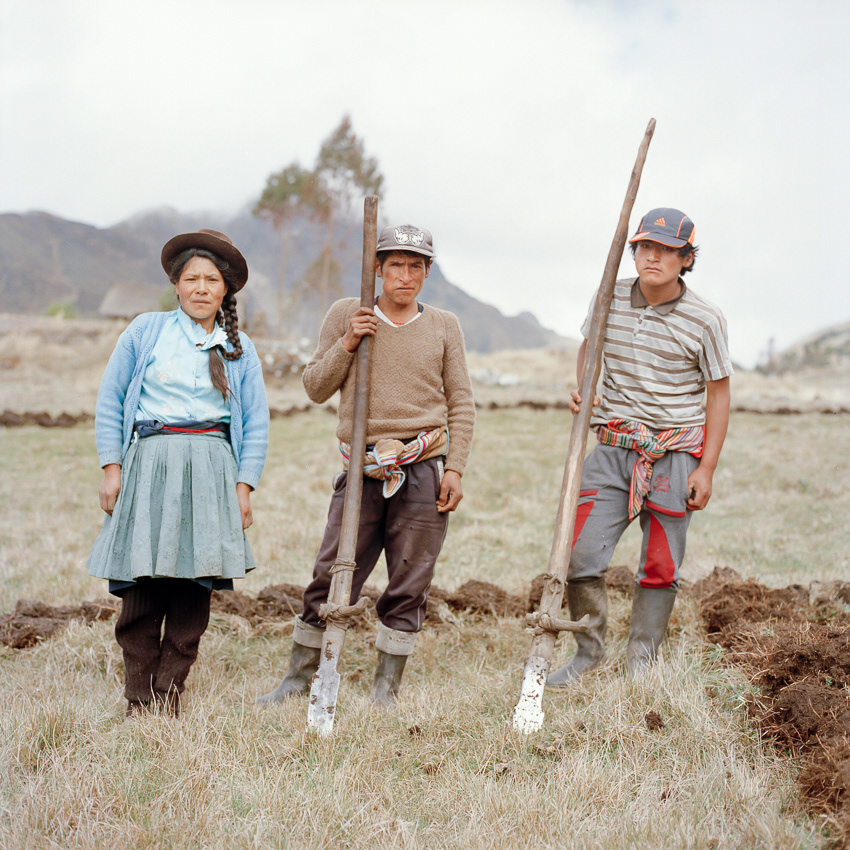
Srta. Lucía Bendezú y compañeros sosteniendo chaquillactas - Comunidad de Huisca
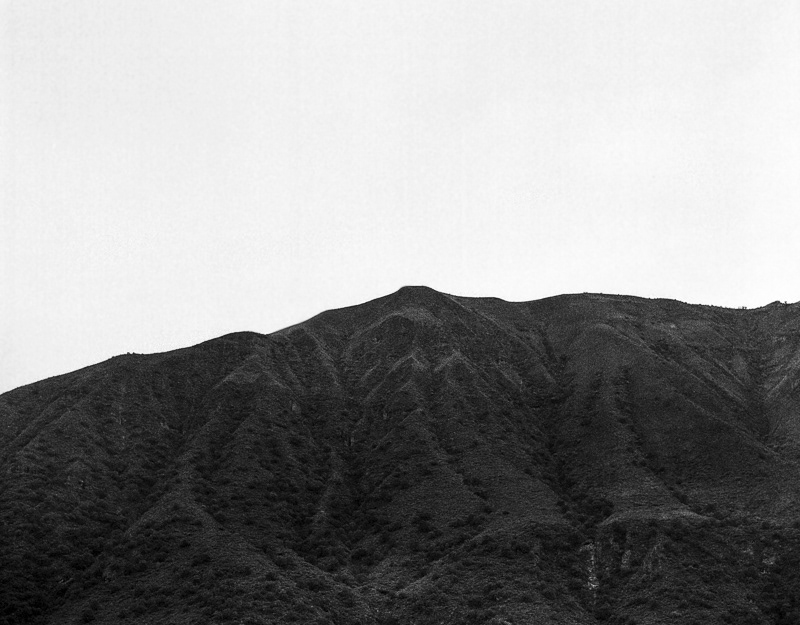
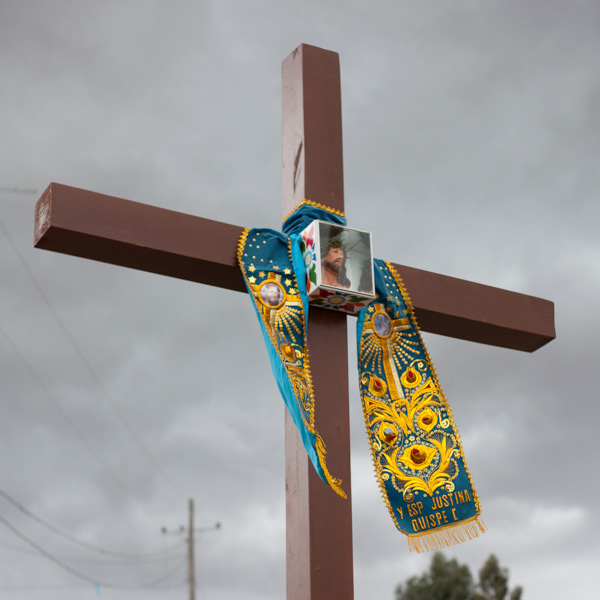
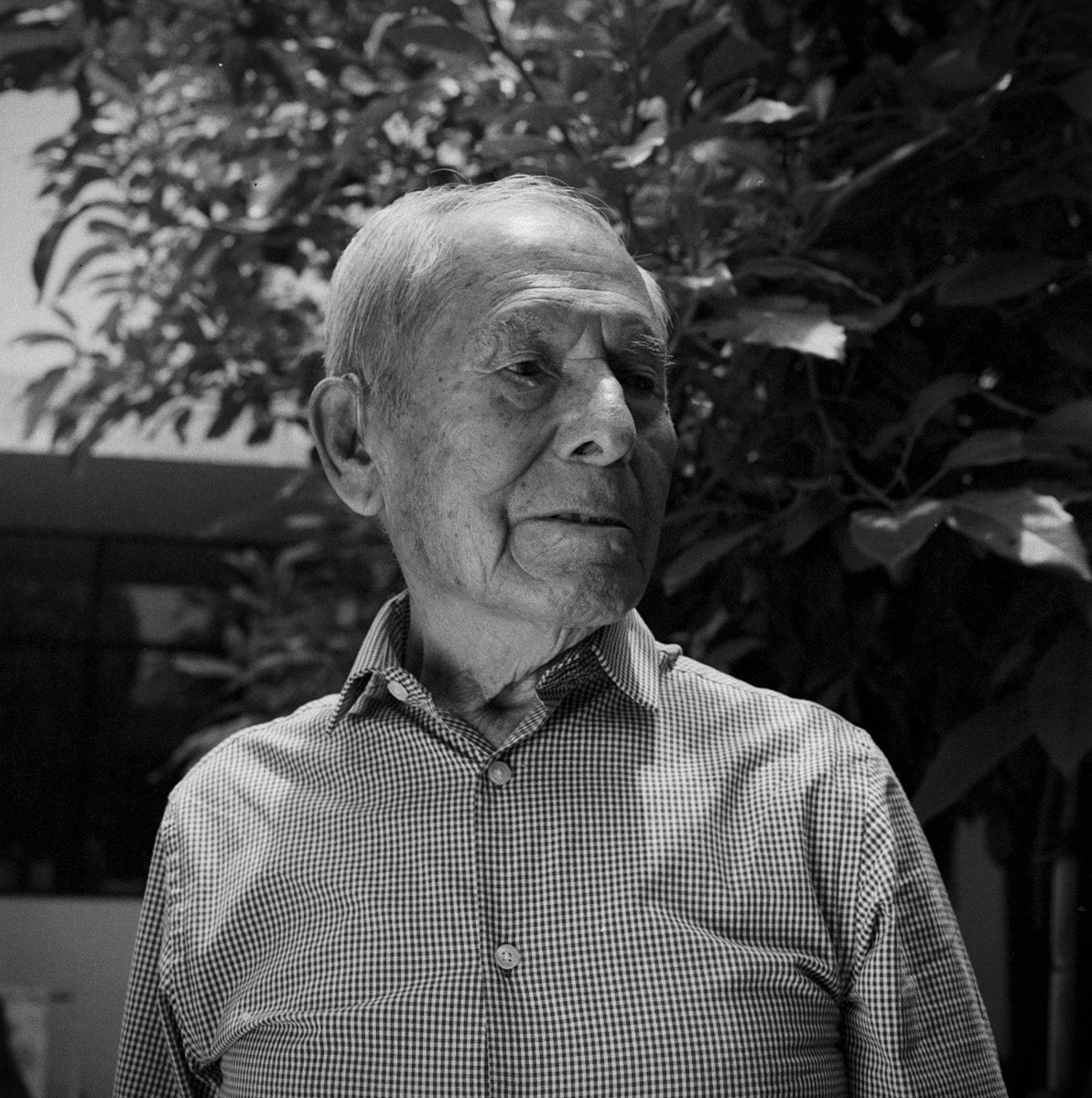
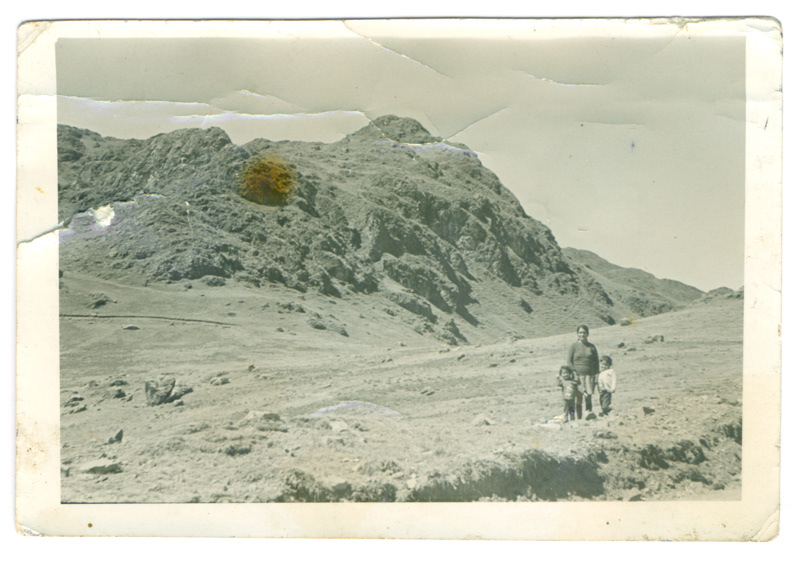
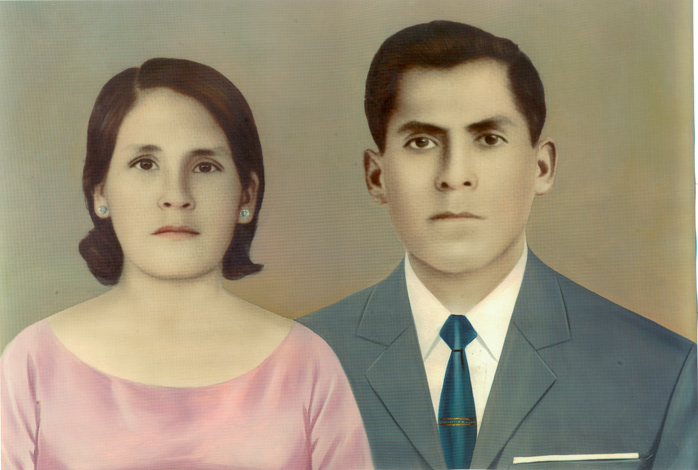
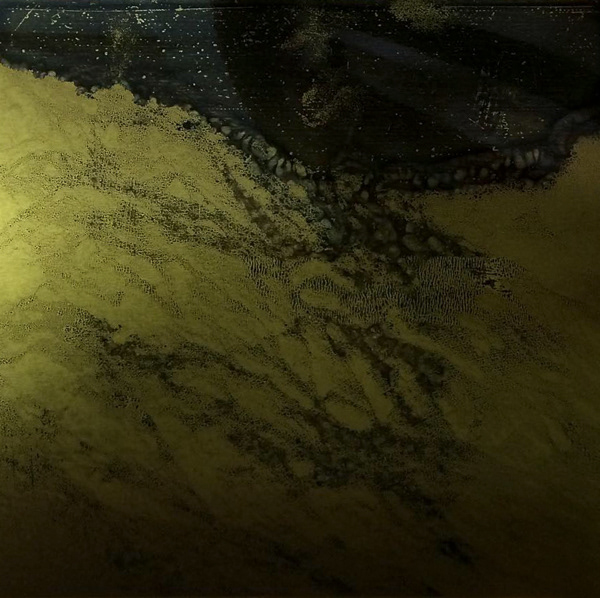
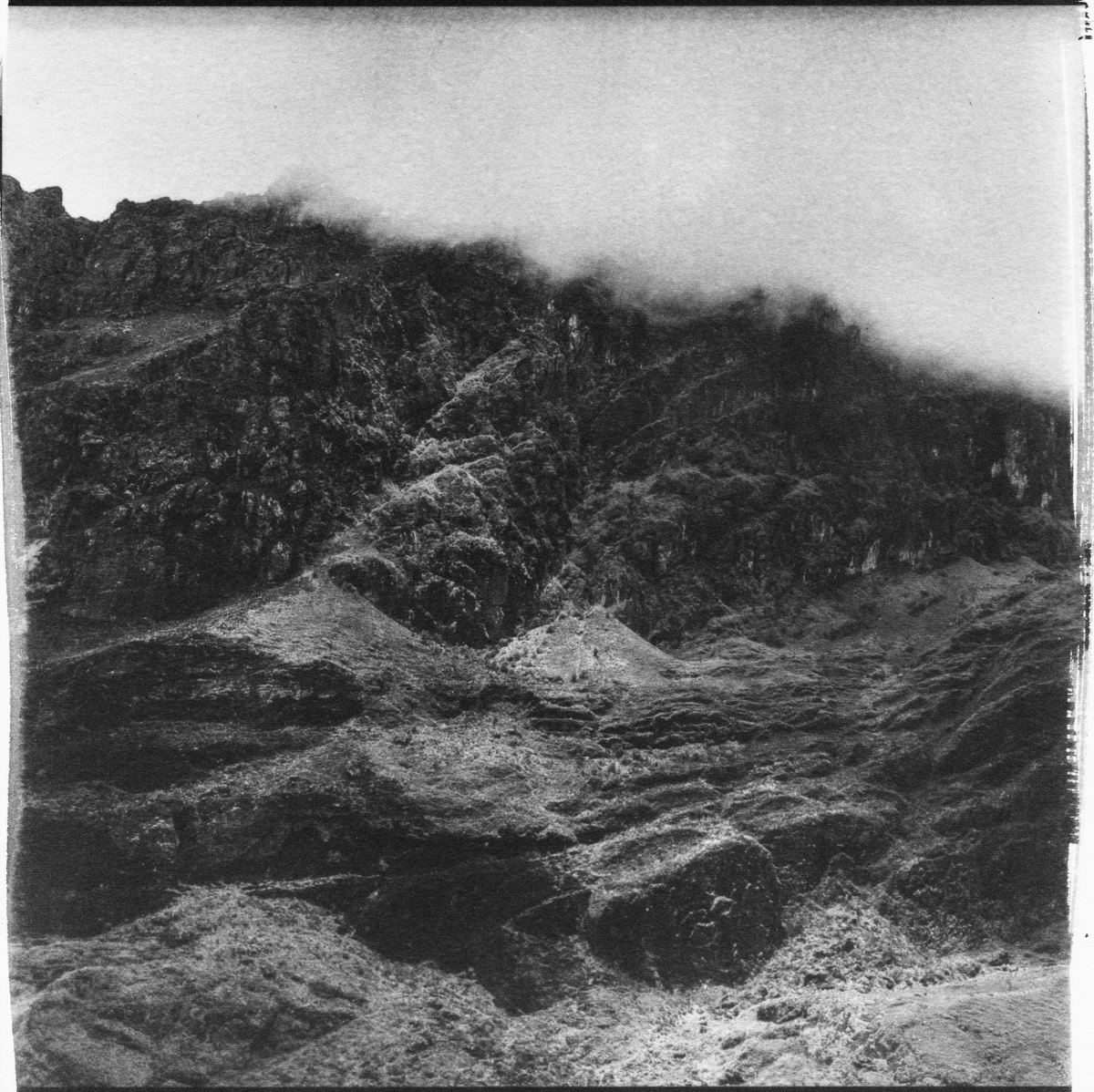
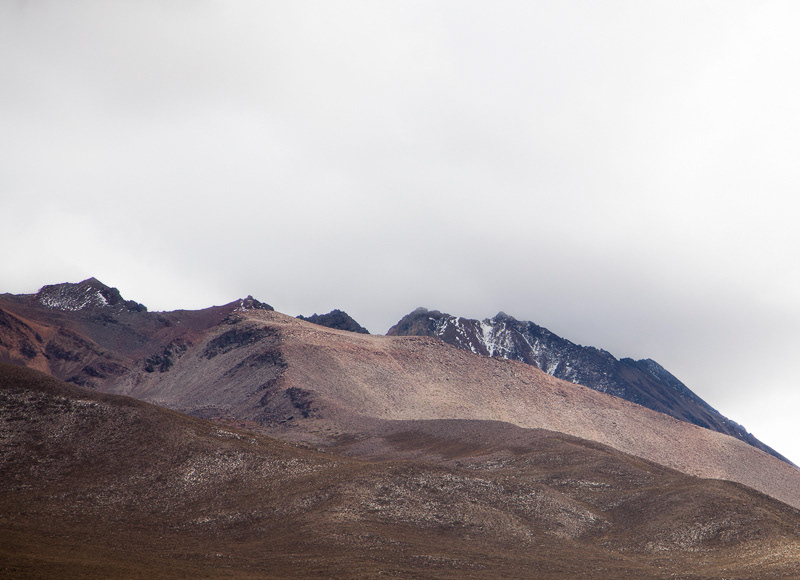
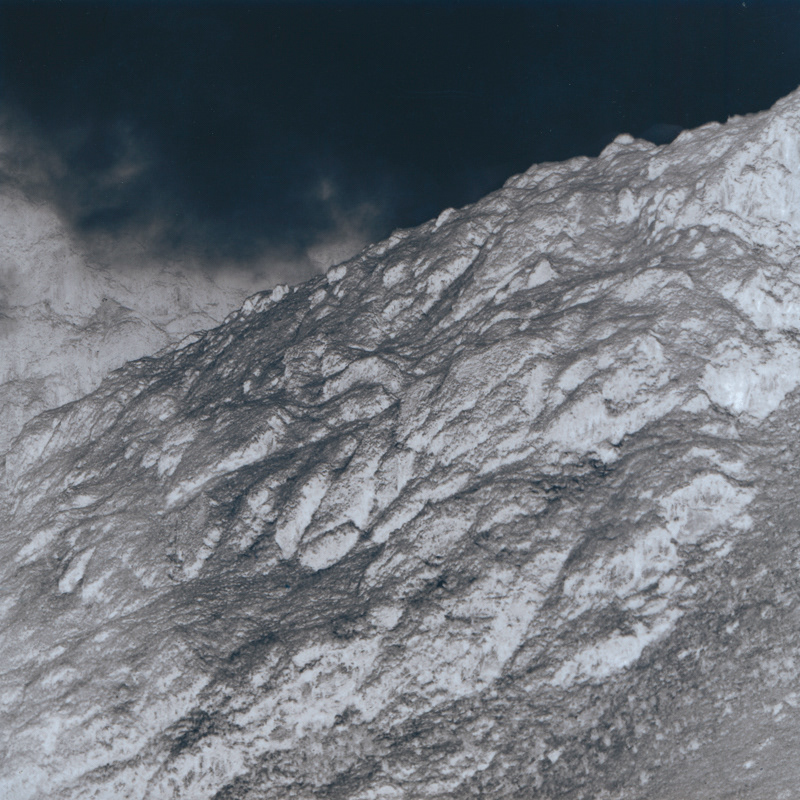
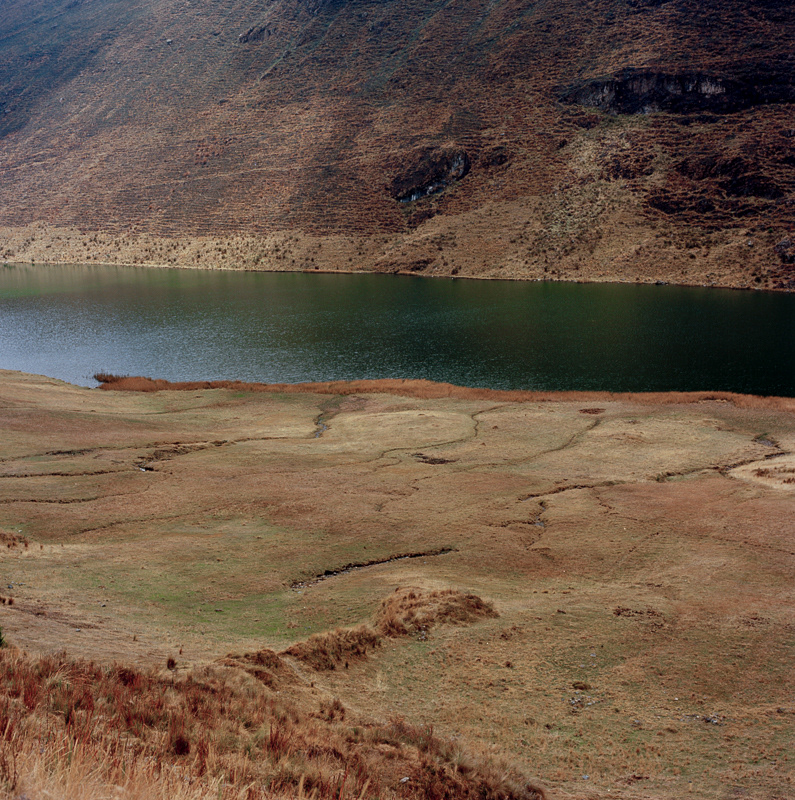
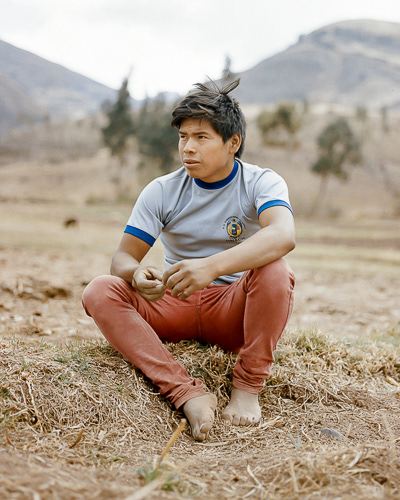
Tambos
The region of Ayacucho in the Peruvian Andes was one of the most affected during the political violence and armed conflict period between the 80s and 90s. Rural Ayacucho carries a recent past of pain but also centuries of a complex Andean cosmovision where past and present meet.
The region of Ayacucho in the Peruvian Andes was one of the most affected during the political violence and armed conflict period between the 80s and 90s. Rural Ayacucho carries a recent past of pain but also centuries of a complex Andean cosmovision where past and present meet.
My grandfather’s memoirs describing the impact of this cosmovision on his life motivated a search I have followed for the last 3 years into the Andes of Ayacucho.
Interweaving archival photographs, frontal portraits and physical explorations of the landscape through installation, these three approaches will act as a ritual of memory that links multiple times and beings.
The photographic image of the Andean indigenous individual from the areas affected by political violence has mostly been a victimised, single layered one resulting in a ‘collective anonymity’ that removes them of their agency.
The frontal portrait, concerning itself directly with representation, intends to defy and challenge this stereotype, and to bring forward the nuances of character and narratives often only granted to non-indigenous subjects.
The representation of the mountain or ‘apu’, an ever-present deity in Andean cosmovision, is the core link between the themes of multi-dimensionality in time and place, memory, and the people where ancestral and recent histories live.